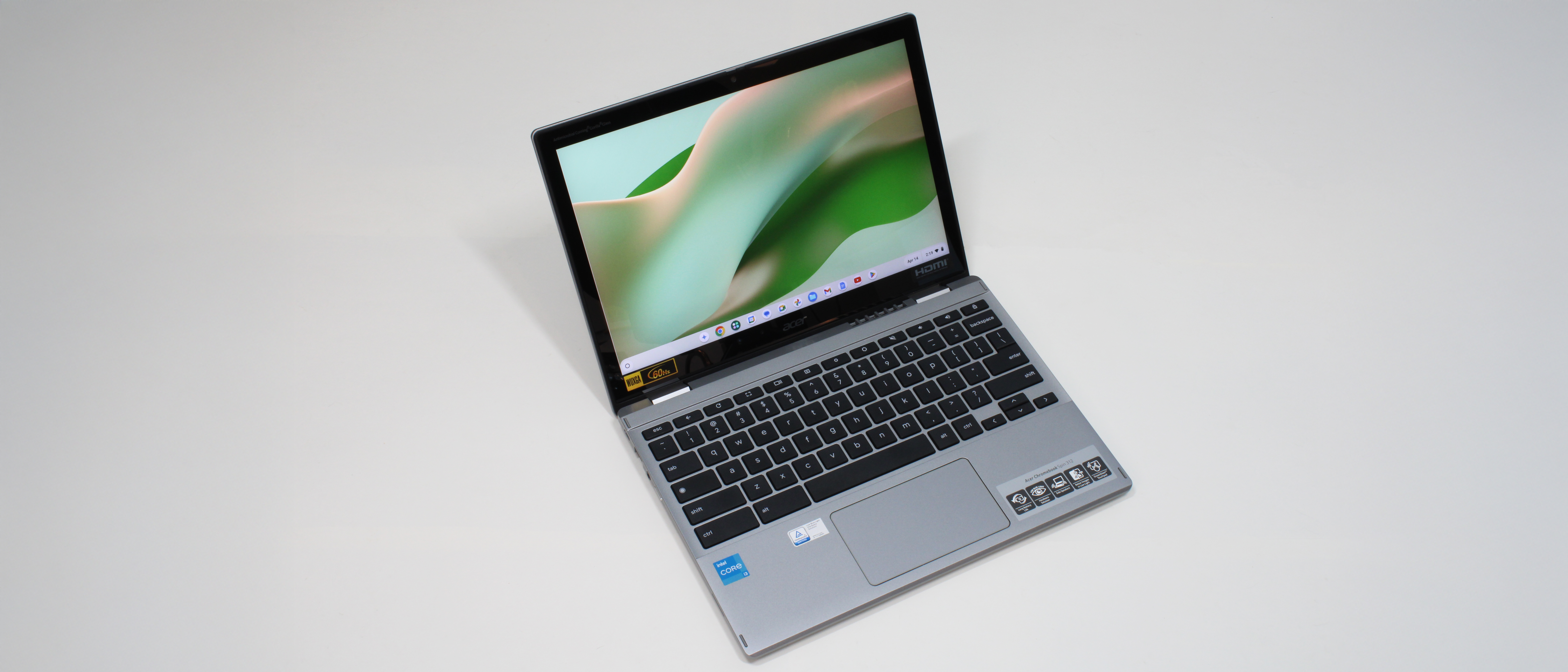Laptop Mag Verdict
With integrated mobile broadband, better performance, and longer battery life, OQO's model 02 is a UMPC worth owning.
Pros
- +
Very small and light
- +
Built-in mobile broadband
- +
Good endurance with double-capacity battery
- +
Improved backlit keyboard
Cons
- -
Relatively low application performance
- -
Throughput trails other Rev. O hardware
- -
No memory card slots
Why you can trust Laptop Mag
When the original OQO appeared a couple of years ago, some saw it as the solution to a problem no one had. But now, the model 01 looks like it was ahead of its time. Like its predecessor, the model 02 Ultra-Mobile PC is a handheld device that runs Windows, but the 02's addition of fast EV-DO connectivity for hundreds of metro areas around the country means the difference between a handy tool and an expensive novelty.
Other refinements, such as an improved keyboard, faster processor, and more elegant docking solution, sweeten the deal. Users who need more than a smart phone but who wouldn't otherwise tote a laptop with them everywhere will find a lot to like in this sequel.
Weighing just over a pound and measuring 5.6 x 3.3 x 1 inches, the model 02 is a UMPC that is compact enough to carry with you in a jacket pocket, briefcase, or purse. The five-inch widescreen LCD slides up to reveal a new, ergonomic, backlit QWERTY keyboard. You won't be able to type as fast as you would on a BlackBerry, but the layout provided better tactile feedback than the model 01.
The cursor is controlled via a small pointing stick for your right thumb and mouse buttons for your left. Or if you prefer, you can use the included stylus and tap the screen. It's too bad OQO didn't include a stylus holster on the device, though. The model 02 does get warm after some use, but not uncomfortably so, and it was quiet.
The 800 x 480-pixel screen is six times brighter than the model 01's display. Text and icons look fairly tiny, but OQO includes a handy zoom button, although you'll need to scroll around to see various parts of the screen. This configuration includes a 60GB hard drive that's shock-mounted and equipped with drop detect technology in case of falls. The main unit has a USB and auto-sensing audio-out/line-in/line-out headphone jack on the bottom. The only notable omission is a memory card slot.
What makes the OQO model 02 more compelling than the hot-selling Sony VAIO UX Mini PC is its embedded EV-DO Rev.O modem (with service on Sprint's network). It blows away the poky Cingular EDGE connection inside Sony's device. In locations with four or five bars of signal strength, download speeds were as high as 997.3 Kbps, and upload speeds averaged 120 Kbps. Surfing the Web was quick (25 seconds to load CNN.com, 11 seconds to load our Gmail Inbox). Even video clips over the WWAN connection loaded quickly and played smoothly. Just plan on using headphones; the built-in speaker's sound was thin and tinny.
This UMPC didn't deliver the best mobile broadband performance in areas with weaker coverage. In a location where signal strength dropped to two or three bars, the model 02's throughput dropped to as low as 23.3 Kbps; other notebooks we've been testing with Sprint Rev.O capability have maintained over 100 Kbps in the same conditions.
Although the 1.5-GHz Via C7M processor is certainly faster than the Transmeta CPU that crippled the OQO model 01, you shouldn't expect to do more than run productivity apps on this device. The model 02's performance numbers were low; its 69 score on MobileMark 2005 is less than half than what Sony UX delivered. On the other hand, the model 02 booted up faster than its predecessor, and it opened and closed apps faster.
We were quite pleased with the model 02's four hours of battery life. To get that endurance, however, you'll need the double-capacity battery ($199 and included in this configuration).Those who work in short spurts can get by with the standard battery, which lasted for 1 hour and 54 minutes in our tests.
If you want to use the model 02 as your primary PC, OQO sells a sleek black docking station that includes a slot-loading optical drive and a metal arm attached to hold the main unit, which is a lot more elegant than the snaking cable littered with ports on the model 01. The $299 version of the dock includes a DVD/CD-RW drive, and the $399 version comes with a DVD burner (or $349 as an add-on at the time of purchase). The docking base has three USB ports, an auto-sensing headphone jack (since the main unit's jack is blocked when docked), a LAN port, and an HDMI and VGA port to attach a full-sized monitor. OQO charges $19 for an HDMI-DVI adapter (and one is included with the docking station) and $29 each for HDMI-to-HDMI, HDMI-to-DVI cables.
Bundled software is limited to the Microsoft Origami Experience, a collection of utilities designed to show off what a UMPC can do, and OQO's own Manager and Wireless Dashboard programs. The OQO we tested included Microsoft Office Small Business Edition ($300) and ran Windows XP, but a Vista version will be available soon.
Clearly, the OQO model 02 isn't right for everyone. Those who need more power and creature comforts and don't mind carrying a larger machine should spend the two grand for an ultraportable. But if you want a constant PC companion without the anchor of a laptop bag, the model 02 might be just what you're looking for. It doesn't have the Sony UX' bells and whistles-such as two cameras and a fingerprint reader-but having the ability to connect at high speeds virtually anywhere makes this the best UMPC yet.
